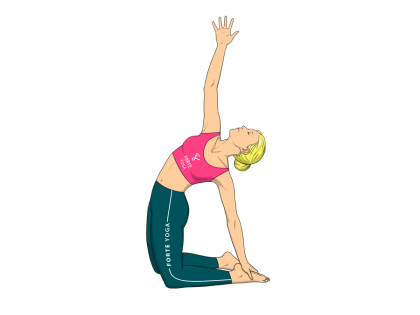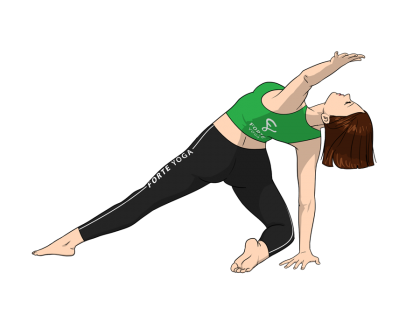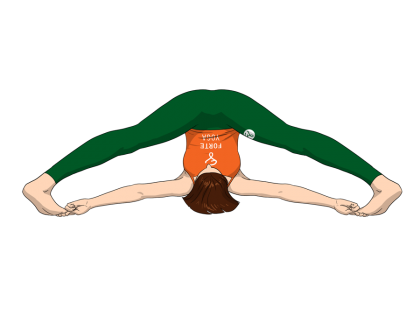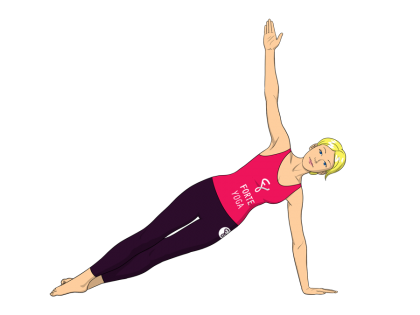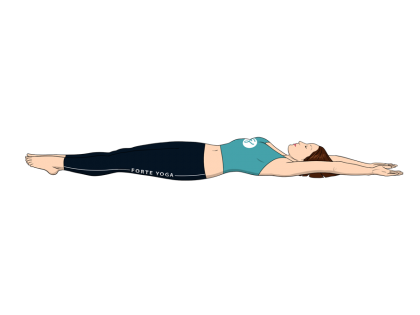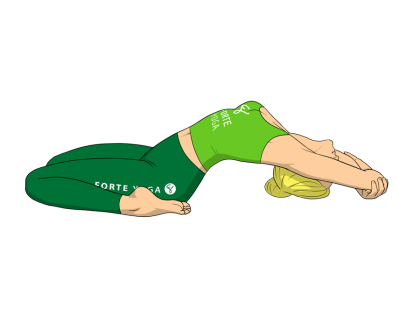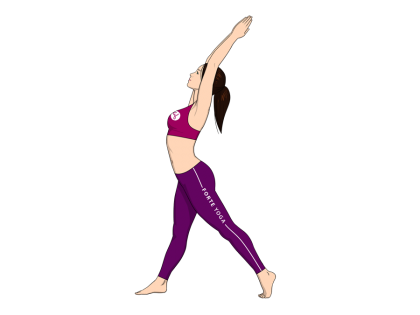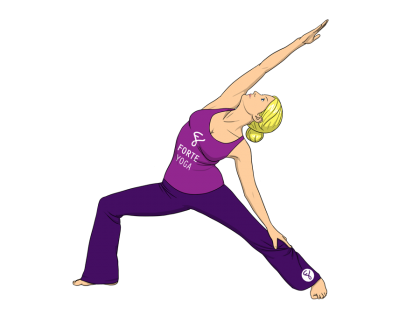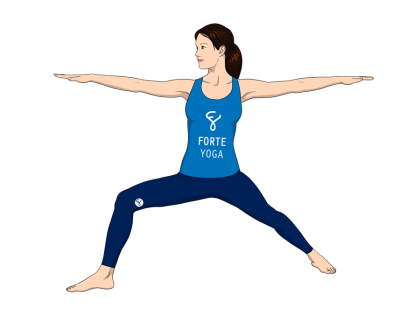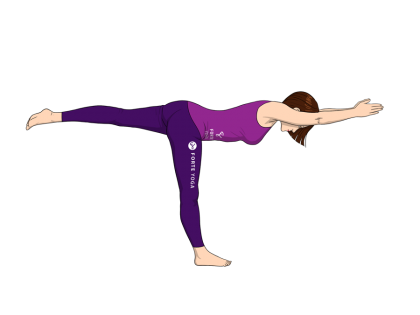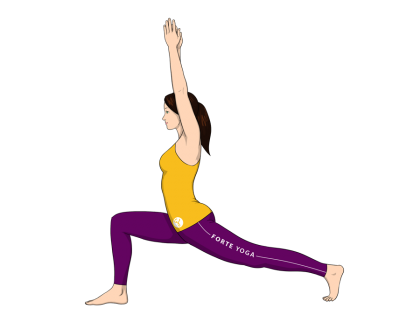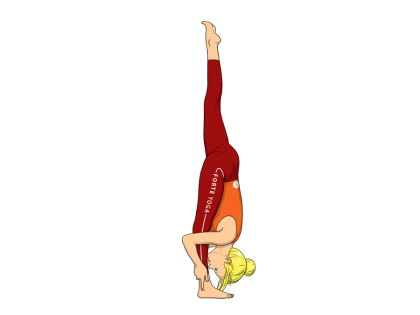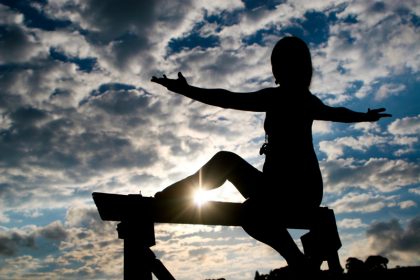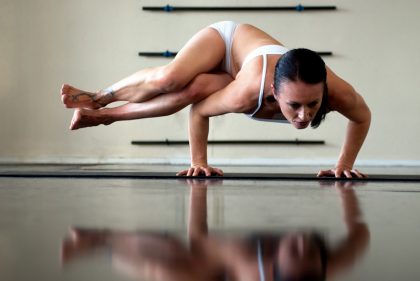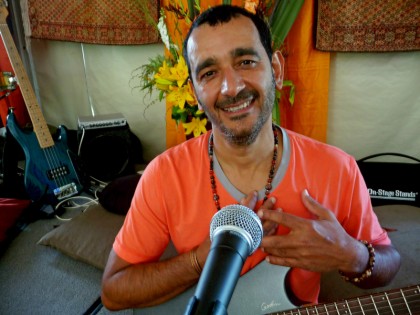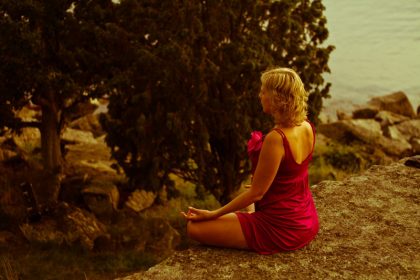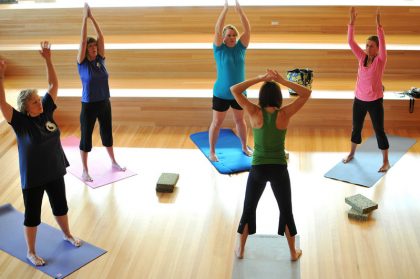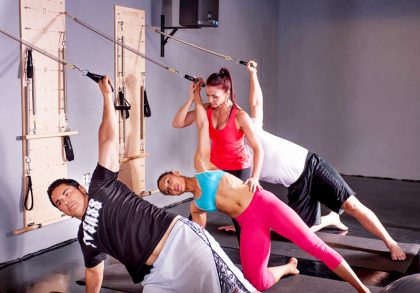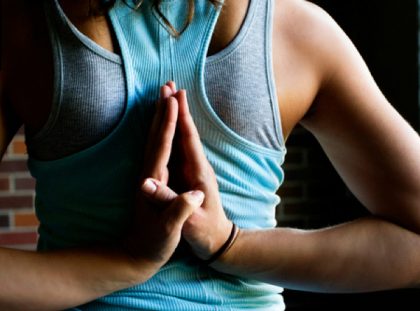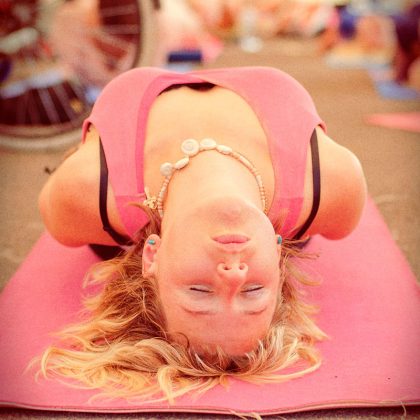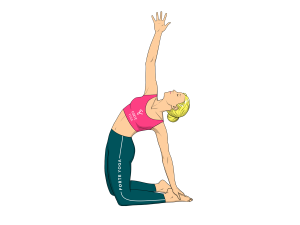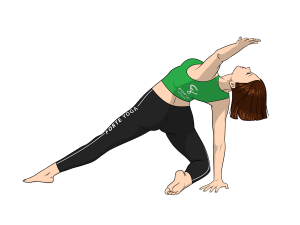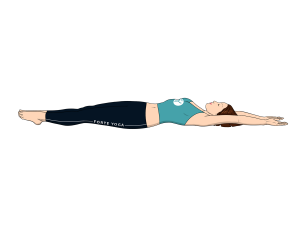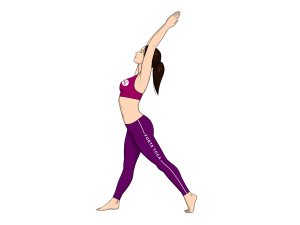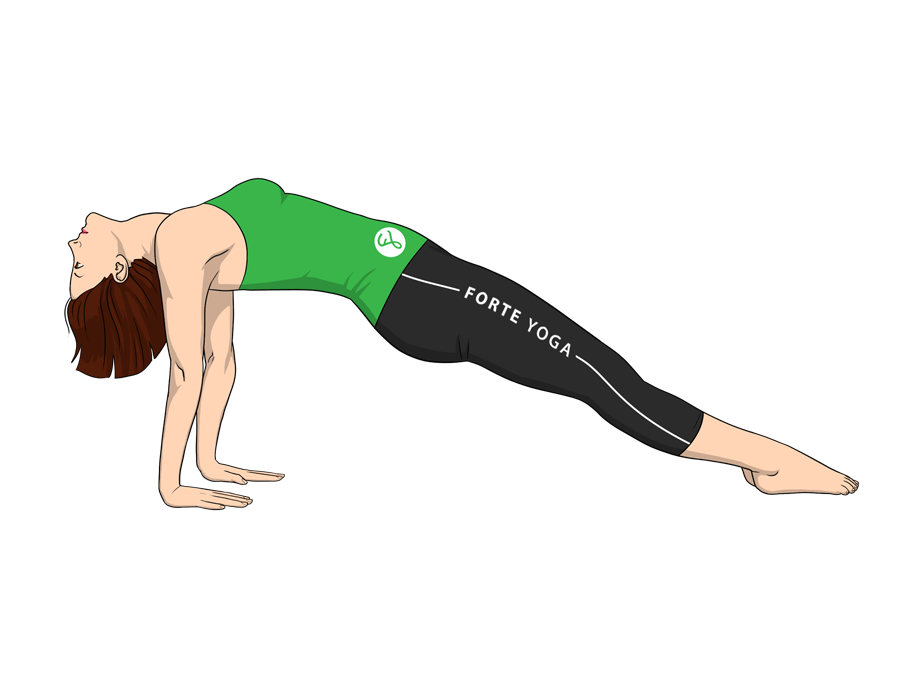
overview
Upward Plank Yoga Pose is an arm balance, backbend pose that targets the shoulders and chest and is ideal for yogis and yoginis at an intermediate level.
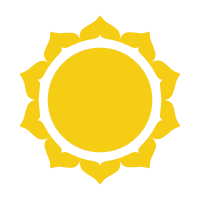 manipura – the wisdom chakra
manipura – the wisdom chakra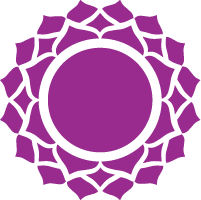 sahasrara – the crown chakra
sahasrara – the crown chakrarelated poses
[yoga-sharrre]
How To Do Upward Plank Yoga Pose
- Begin in Staff Pose (Dandasana). Place your hands behind you about 6-7 inches away from your hips, fingers pointing forward toward your feet. Bend your knees and lift them up so that you can place both feet flat on the floor, about a foot away from your sitting bones. For stability, you can turn your toes inward or move each one out slightly until they are hip-width apart.
- Exhale, pushing through both hands and feet as you lift your hips upwards until a straight line runs from the neck all the way to the knees. The line should be parallel to the floor with arms and shins evenly spaced and perpendicular to the floor, creating a rectangle with the floor and your body. Drop your head back gently without compressing the neck.
- Strengthen your core muscles and keep your hips and chest lifted as you begin to straighten your legs. Straighten them one at a time, pointing out through the toes as you do so. Continue to lift up at the hips, spreading your shoulders across your back as you open your chest up toward the ceiling. Keep your legs active and firm your glutes up toward the pelvis without hardening them.
- Hold this pose for 30 seconds. Gaze forward gently, or close your eyes if you’re prone to dizziness or headaches. To come out, lift your head slowly and lower your hips down into Staff Pose (Dandasana).
Notes
- Breathe deeply through each step.
- Do not perform this pose if you have a wrist injury.
- If you have any pain or tension in the neck, do not drop it back behind you. Keep your head facing upward and allow a lot of room between your shoulders, neck and ears. If you have a neck injury, keep your head supported on the wall or chair, or avoid the pose altogether. Only perform the modification with a yoga trainer or partner present.
- Do not allow your weight to collapse onto your shoulders, which can cause strain or injury.
Tips
If you have tight shoulders, you may have your fingertips pointing away from your body instead of toward your feet.
If you lack upper body strength, try remaining in the rectangular pose in step 3. Practice this until you build enough strength in your arms, wrists and shoulders to comfortably hold the Upward Plank Pose.
Stretches & Strengthens
All Muscles: Shoulders, chest, ankles, wrists, quads
Target Muscles: Shoulders, chest
Health Benefits of Upward Plank Yoga Pose
- Strengthens arms, wrists, shoulders and legs.
- Improves balance.
- Relieves stress, anxiety and fatigue.
- Increases energy.

